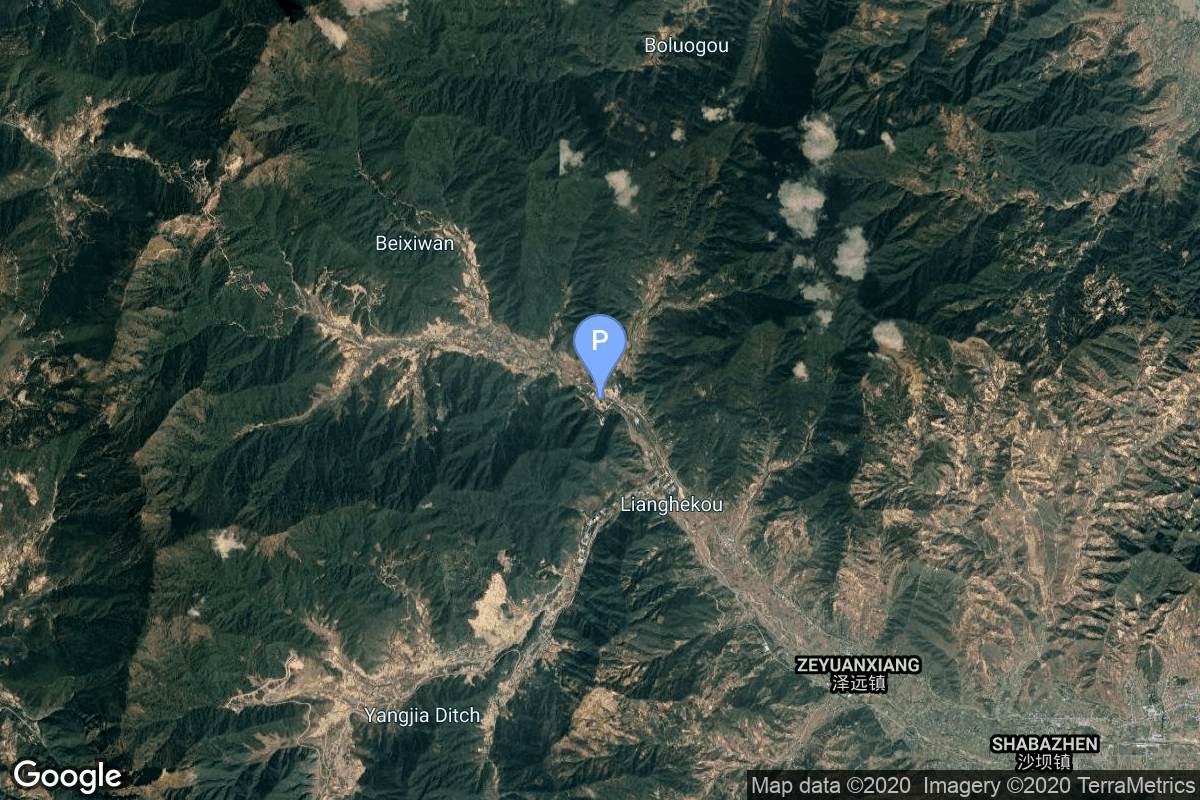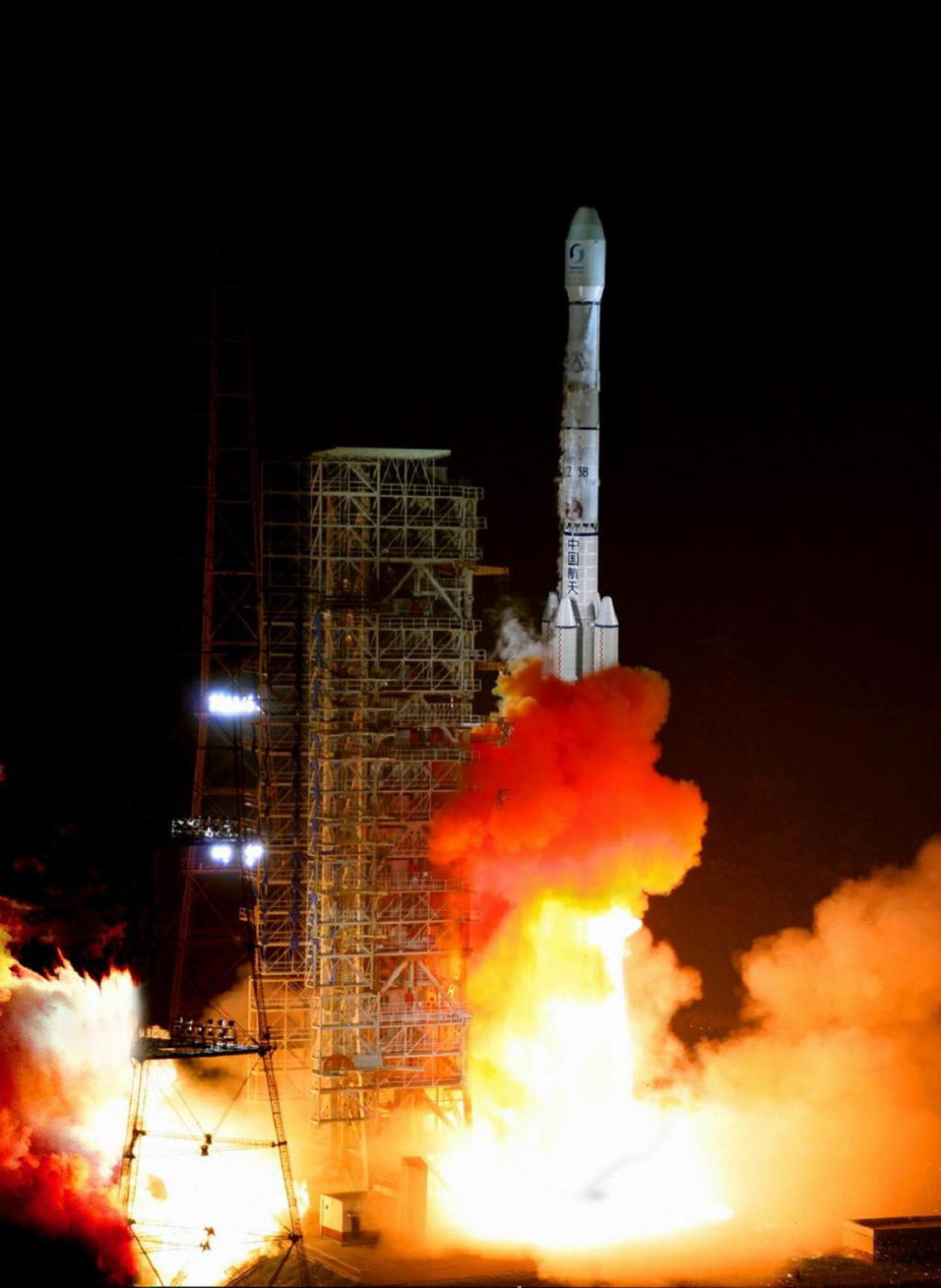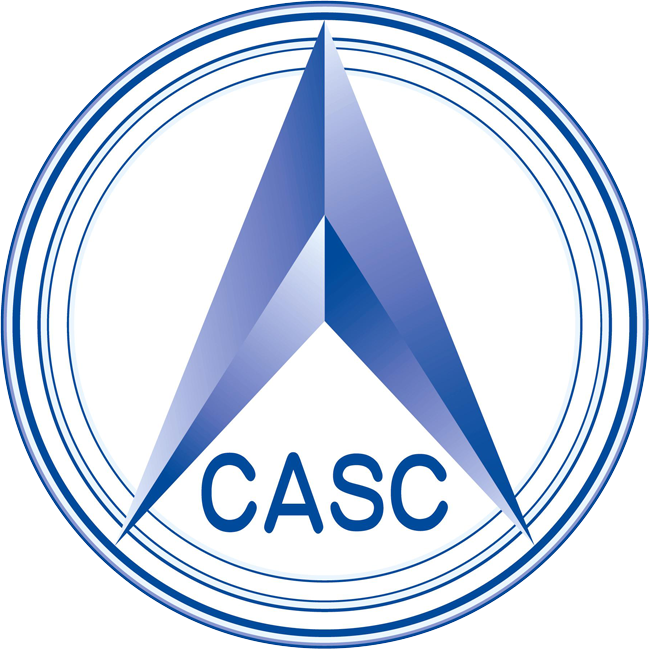Zhongxing-18 (Chinasat-18)
Long March 3B/E
China Aerospace Science and Technology Corporation
Mission
Zhongxing-18 (Chinasat-18)
- Type: Communications
- Orbit: Geostationary Transfer Orbit
- Launch Cost: $70,000,000
Zhongxing-18 (Chinasat-18) is a Chinese communications satellite based upon a DFH-4E bus.
The Chinasat-18 provides Ku commercial communications services with 30 Ku-band transponders, Ka broadband communication services with 14 Ka-band MSS spot user beams and exploring Ka-band broadcasting services with 2 Ka BSS-band transponders within the service coverage areas.
Location
Launch Complex 2 (LC-2)
Xichang Satellite Launch Center, People’s Republic of China
Launch Complex 2 (LC-2) has witnessed the launch of 108 rockets, including 108 orbital launch attempts, while Xichang Satellite Launch Center, People’s Republic of China, has been the site for 202 rocket launches.
Rocket
China Aerospace Science and Technology Corporation Long March 3B/E
The Long March 3B / E (G2) (CZ-3B / E) is one of the most successful medium-range launchers and the strongest variant of the CZ-3 series.
It was specially developed for the transport of heavy communications satellites into a geostationary transfer orbit.
The additional designation “E” stands for a higher payload fairing, stretched boosters and extended fuel tanks at the first stage, over the CZ-3B.
Agency
China Aerospace Science and Technology Corporation
The China Aerospace Science and Technology Corporation (CASC) is the main contractor for the Chinese space program. It is state-owned and has a number of subordinate entities which design, develop and manufacture a range of spacecraft, launch vehicles, strategic and tactical missile systems, and ground equipment. It was officially established in July 1999 as part of a Chinese government reform drive, having previously been one part of the former China Aerospace Corporation. Various incarnations of the program date back to 1956.


